Have you ever met a cat who seems to fall in love with you instantly, only to suddenly vanish at the slightest hint of change? It’s like they’re a living paradox—a furry friend who craves closeness, but is equally quick to retreat into their own world. Living with such a sensitive soul can tug at your heartstrings and test your patience, but it’s also an incredibly rewarding journey. If you’ve found yourself puzzled by your cat’s emotional rollercoaster, you’re definitely not alone. Let’s embark on a deep dive into understanding, supporting, and truly connecting with these complex felines.
Understanding the Sensitive Cat Personality

Some cats are just wired differently. They might race into your lap and purr up a storm, but a loud noise or a sudden movement sends them running under the bed. This isn’t a flaw—it’s just their unique way of experiencing the world. These cats often have heightened senses, making them more alert to changes in their environment. Think of them as emotional sponges, soaking up every shift in energy. When you understand that your cat’s withdrawal isn’t personal, it becomes easier to empathize with their needs. Recognizing this sensitive personality is the first step to building a lasting, trusting relationship.
The Importance of a Safe and Predictable Environment

Cats that are quick to bond but also quick to withdraw thrive in stable surroundings. Sudden changes—like moving furniture or introducing new people—can feel overwhelming to them. Creating a safe haven, such as a cozy hideaway or a favorite blanket, helps your cat know they have somewhere secure to retreat. Consistency in daily routines, feeding times, and even the tone of your voice can make a world of difference. Imagine if every day felt unpredictable; you’d probably want a safe corner too. Providing that for your cat reassures them that home is always a safe place.
Recognizing the Signs of Withdrawal

Withdrawal in cats can look different from one feline to another. Some may hide in closets, while others go silent or stop eating. You might notice your cat’s tail tucked or their ears flattened. Sometimes, they’ll ignore toys or treats they once loved. It’s like they’ve pressed a pause button on life. Paying attention to these subtle cues helps you intervene gently before anxiety or fear takes over. Recognizing early signs allows you to adjust your approach and make your cat feel secure again.
Respecting Boundaries Without Taking It Personally

It’s easy to feel rejected when your cat suddenly pulls away after a cuddle session. But remember, their withdrawal isn’t about you—it’s about their comfort zone. Respecting their space is crucial. Give them time to decompress without forcing affection. Just like humans, cats need breathing room to process emotions. By not taking it personally, you foster trust and show your cat they’re loved no matter what. This unconditional support lays the foundation for a deeper bond over time.
Building Trust Through Gentle Interaction
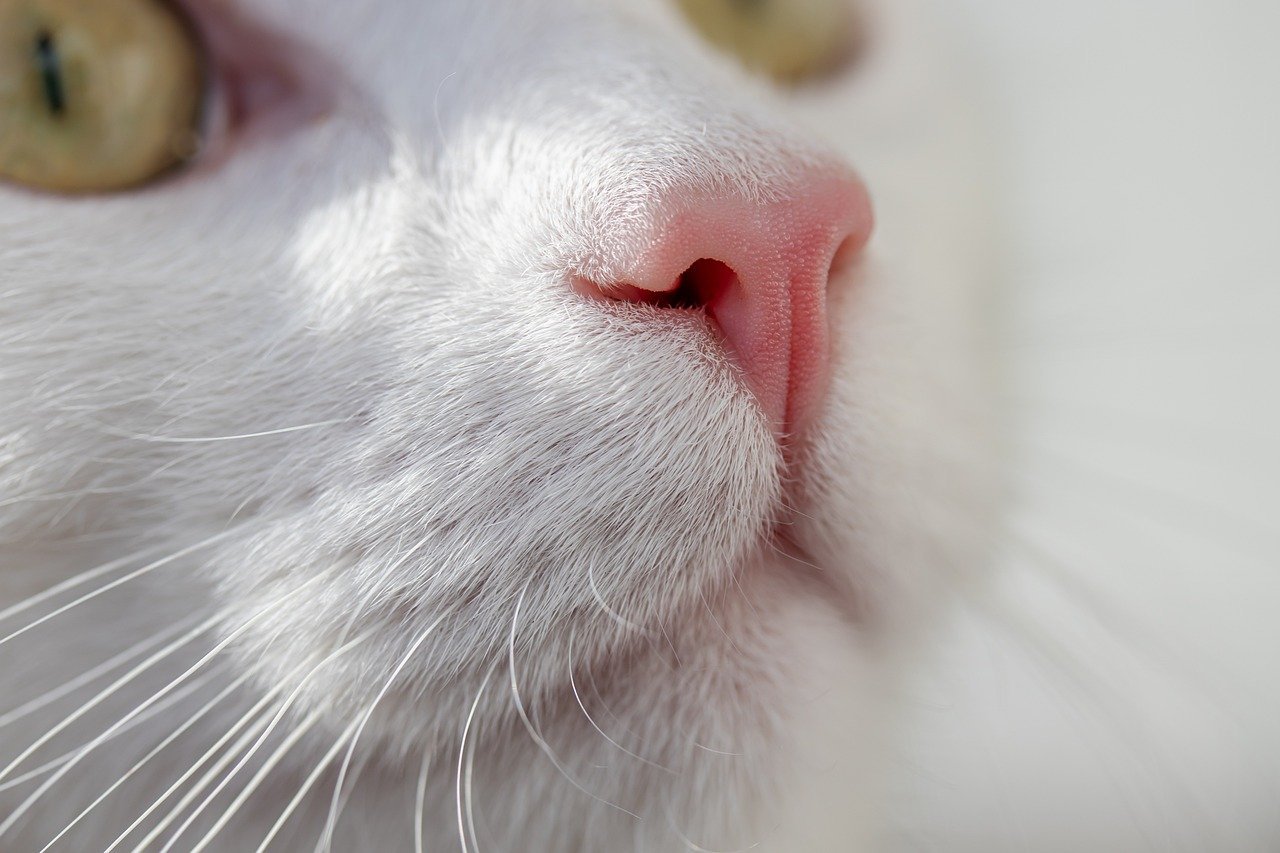
Trust is the currency of every good relationship, and with sensitive cats, it’s earned slowly. Use soft voices, slow movements, and let your cat make the first move when they’re ready to reconnect. Offering a hand for a gentle sniff or sitting quietly nearby can speak volumes. Think of it as a dance—you lead, but you also listen. Over time, these small gestures build a reservoir of trust. And trust, once earned, is your secret weapon for navigating those moments when your cat feels vulnerable.
Recognizing Triggers and Minimizing Stress

Every cat has their triggers—maybe it’s the vacuum cleaner, visitors, or even certain scents. Keep a mental checklist of what sets your cat off. By identifying stressors, you can proactively minimize them or offer comfort during unavoidable situations. For example, play soft music during thunderstorms or give them a treat before a guest arrives. It’s like having an emotional emergency kit ready. Anticipating triggers not only prevents withdrawal but also shows your cat you’re on their side.
Creating a Retreat Space Just for Your Cat

A dedicated safe spot can work wonders for sensitive cats. Set up a cozy nook with a soft bed, perhaps inside a box or under a piece of furniture. Add familiar scents, like a favorite toy or a shirt that smells like you. This retreat is more than just a hiding place—it’s a sanctuary where your cat can recharge. Over time, they’ll associate this space with comfort and security. Having a personal haven helps your cat regain confidence and return to socializing at their own pace.
Positive Reinforcement for Reassurance
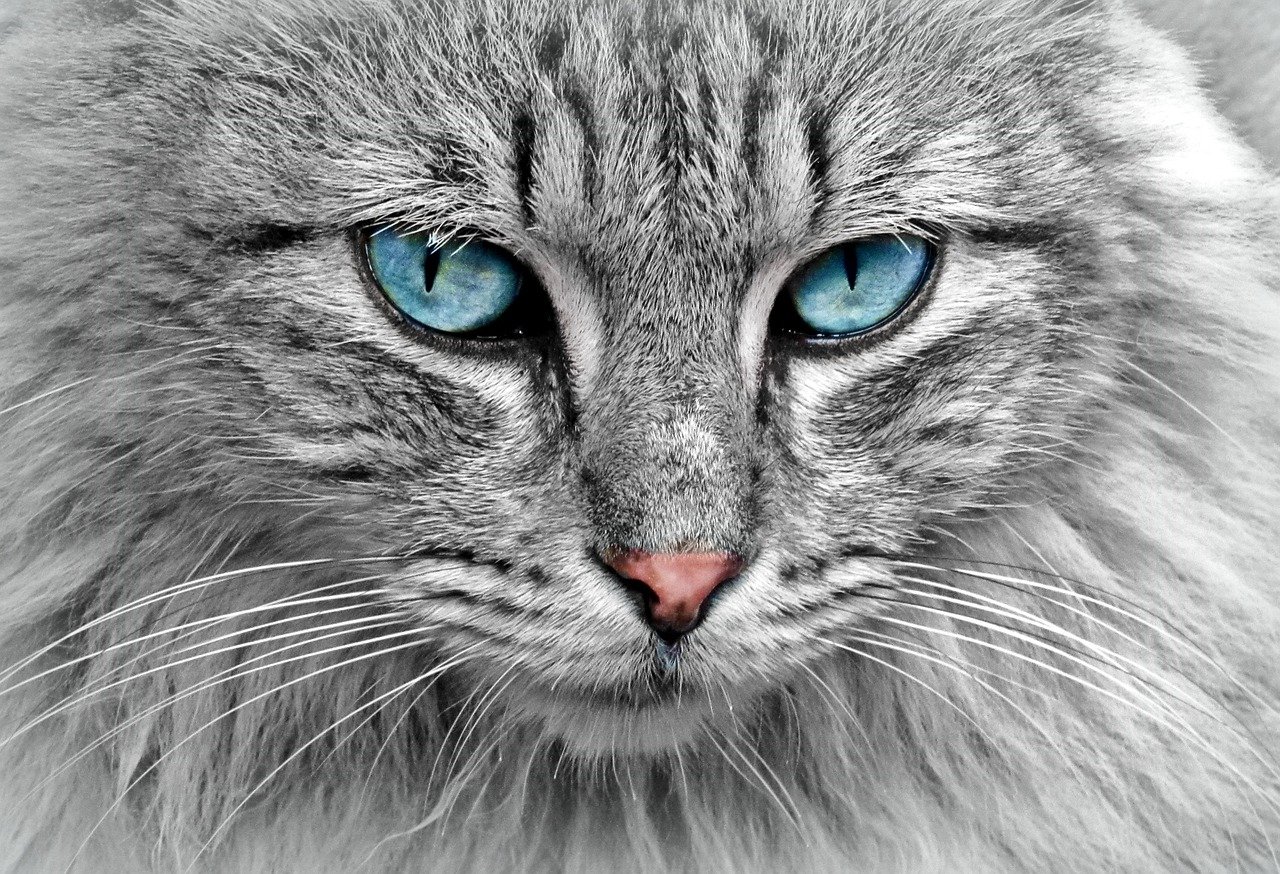
Rewarding your cat for brave behavior can make a big impact. When your cat emerges from hiding or agrees to a gentle pet, offer praise, treats, or playtime. Positive reinforcement helps them associate social interaction with good experiences. It’s like getting a gold star for facing their fears. The more you reward positive steps, the more likely your cat will repeat them. Just be patient—progress may be slow, but every small victory counts.
Reading Body Language Like a Pro
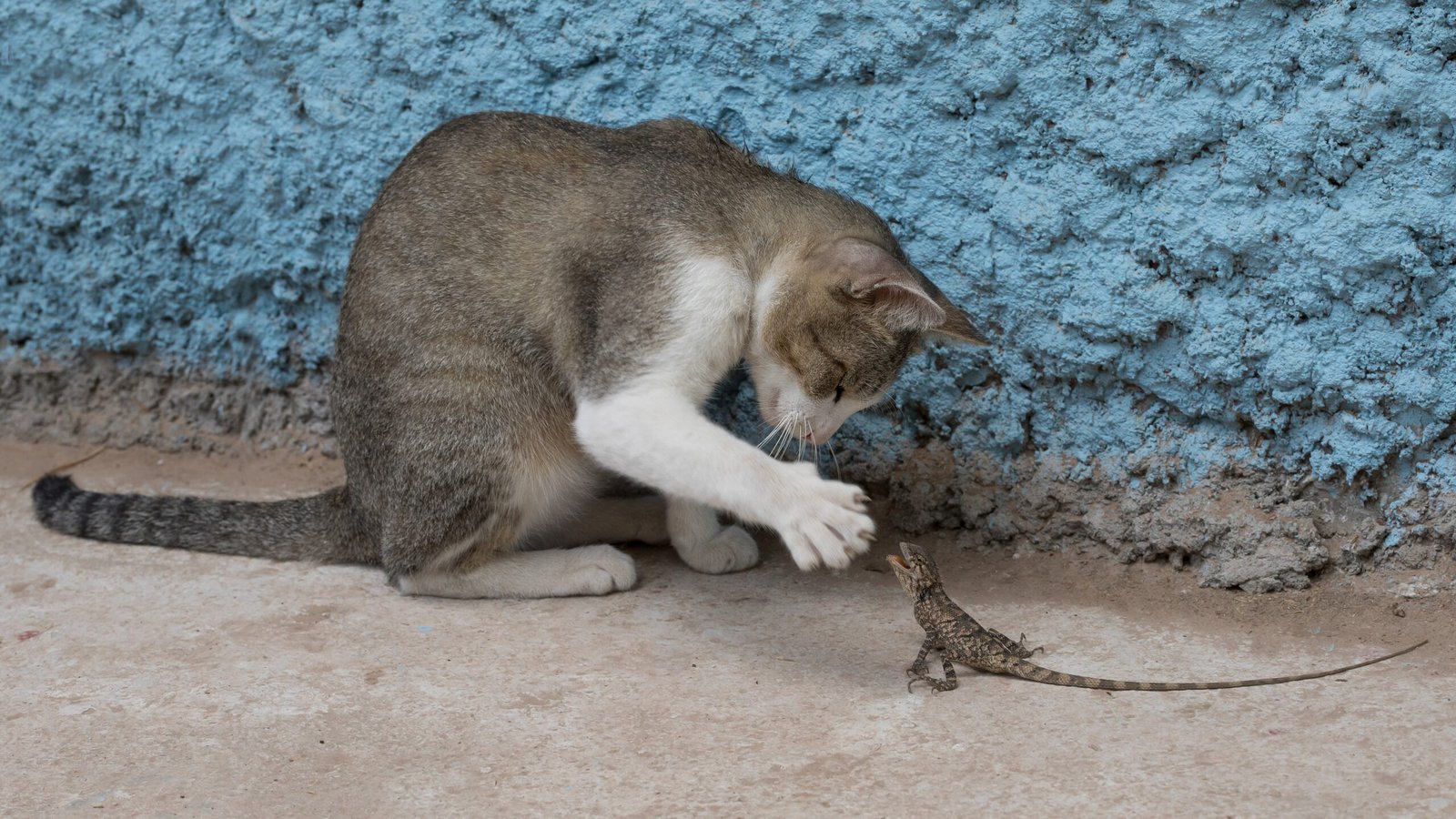
Cats are masters of silent communication. A flicking tail, dilated pupils, or a sudden freeze can speak volumes. Learning to read your cat’s body language helps you respond appropriately, avoiding actions that might push them further away. For example, if your cat’s ears are back, it’s probably time to give them space. Tuning into these signals creates a two-way conversation, even without words. The better you understand your cat’s cues, the smoother your relationship becomes.
Slow and Steady Socialization

Introducing your cat to new people or pets should be a gradual process. Rushing things can overwhelm your sensitive feline. Start with short, positive experiences, allowing your cat to observe from a safe distance. Gradually increase the time and closeness as they become more comfortable. Think of socialization as dipping a toe in the water before jumping in. Slow, steady exposure builds confidence and reduces the risk of sudden withdrawal.
Play as a Confidence Booster

Interactive play isn’t just fun—it’s a confidence booster for shy cats. Use wand toys or laser pointers to engage your cat in low-pressure activities. Playtime gives them a safe outlet for energy and helps distract from anxiety. Plus, it strengthens your bond through shared enjoyment. Over time, regular play can turn your withdrawn kitty into a playful, more outgoing companion. Remember, the goal isn’t to win a game, but to have fun together.
Consistency in Daily Routines

Sensitive cats are creatures of habit. They find comfort in knowing what to expect each day. Keep feeding, play, and cuddle times as consistent as possible. Even small routines, like saying good morning or offering a treat before bed, add predictability. It’s like having a familiar melody in the background of their lives. Consistency reduces anxiety and helps your cat feel grounded, making them less likely to withdraw when faced with minor changes.
Using Calming Aids and Products

Sometimes, extra help is needed to soothe a cat’s nerves. Calming pheromone diffusers, sprays, or special collars can make your home more relaxing. Herbal remedies or treats designed for anxiety may also help, but always consult your vet before introducing new products. These aids aren’t magic fixes, but they can take the edge off during stressful times. Think of them as a gentle hug when your cat needs it most.
Introducing Changes Gradually
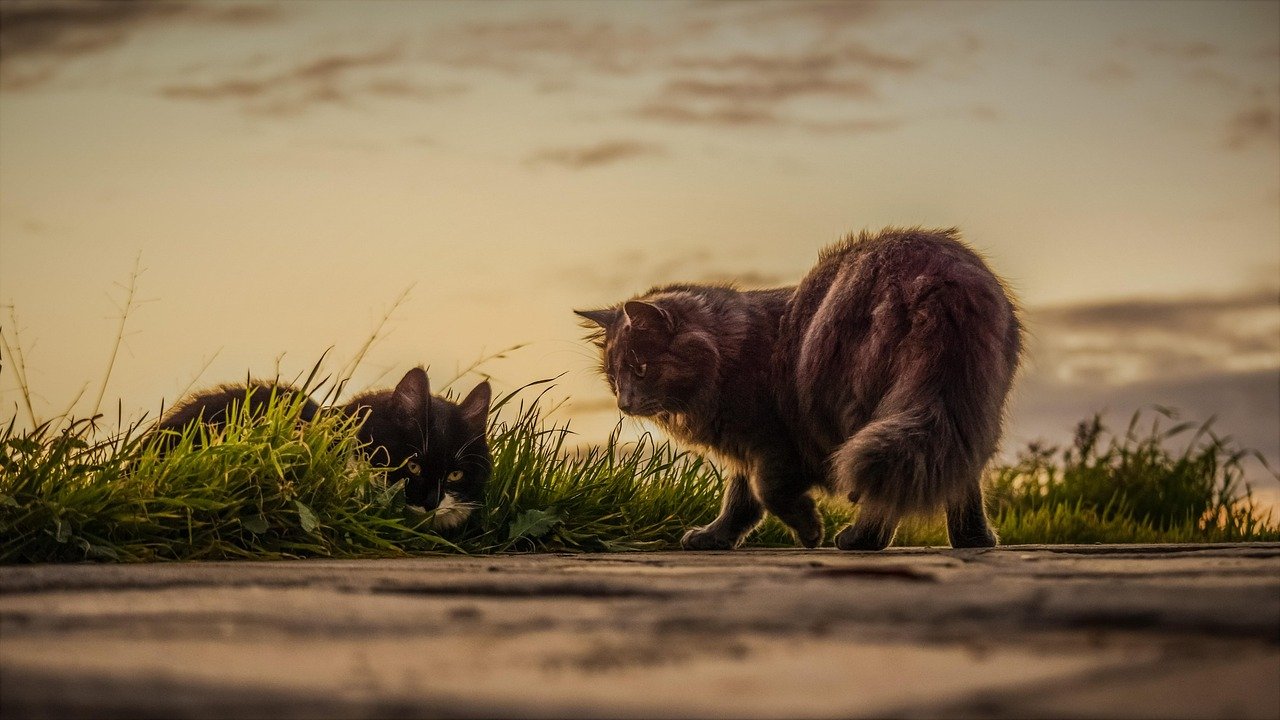
New furniture, renovations, or even a change in your daily schedule can unsettle your sensitive cat. Whenever possible, introduce changes slowly. Let your cat explore new items at their own pace. If you’re bringing home a new pet, start with scent swaps or brief meetings through a barrier. Gradual changes give your cat time to adjust without feeling threatened. This approach teaches your cat that new things aren’t always scary—and that you’re there to help them through.
Encouraging Independence With Interactive Toys
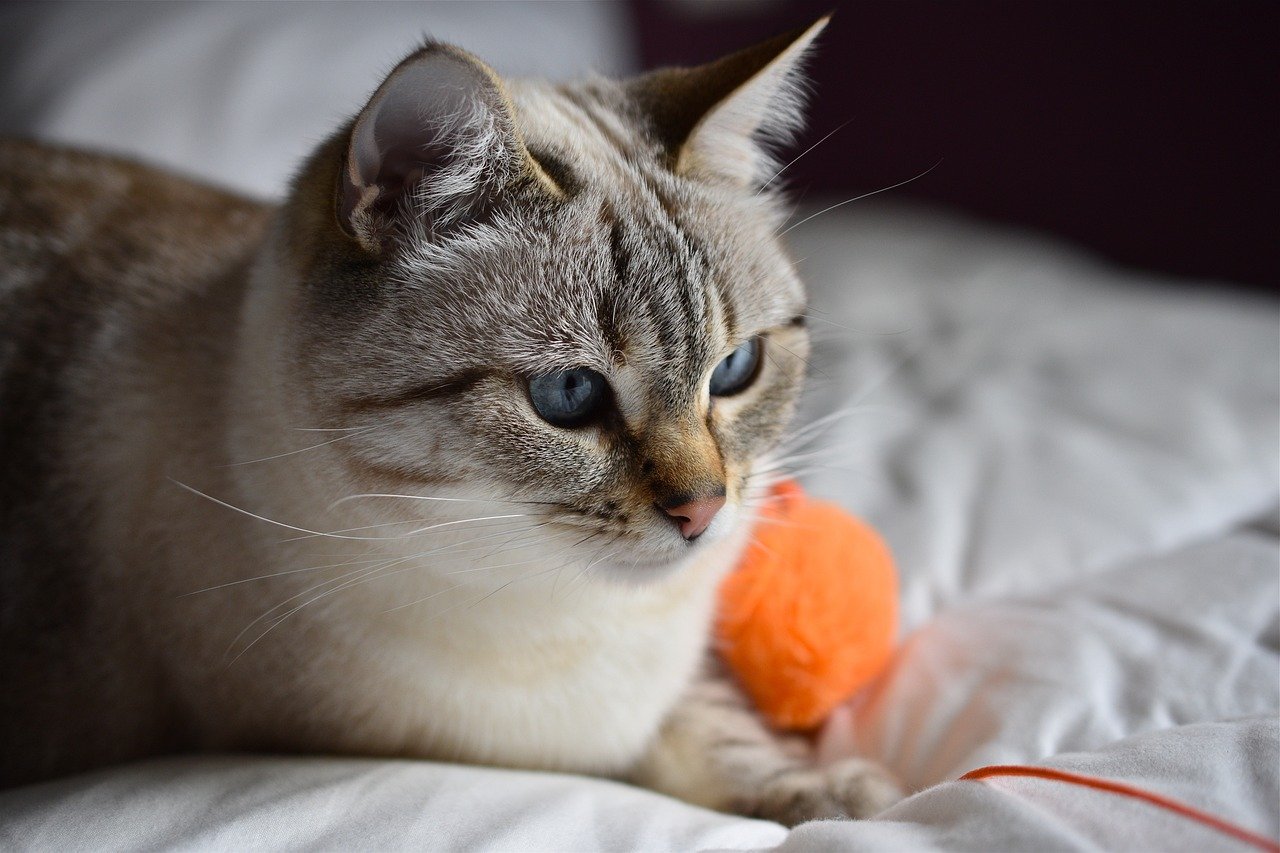
Interactive toys can help your cat feel more confident and less reliant on your constant presence. Puzzle feeders, treat balls, or automated toys keep their mind engaged even when you’re not around. Encouraging solo play builds independence and reduces anxiety when you’re busy. It’s like offering your cat a personal adventure—one where they’re in control. Over time, independent play helps balance their need for affection with the ability to self-soothe.
Noticing When Professional Help Is Needed
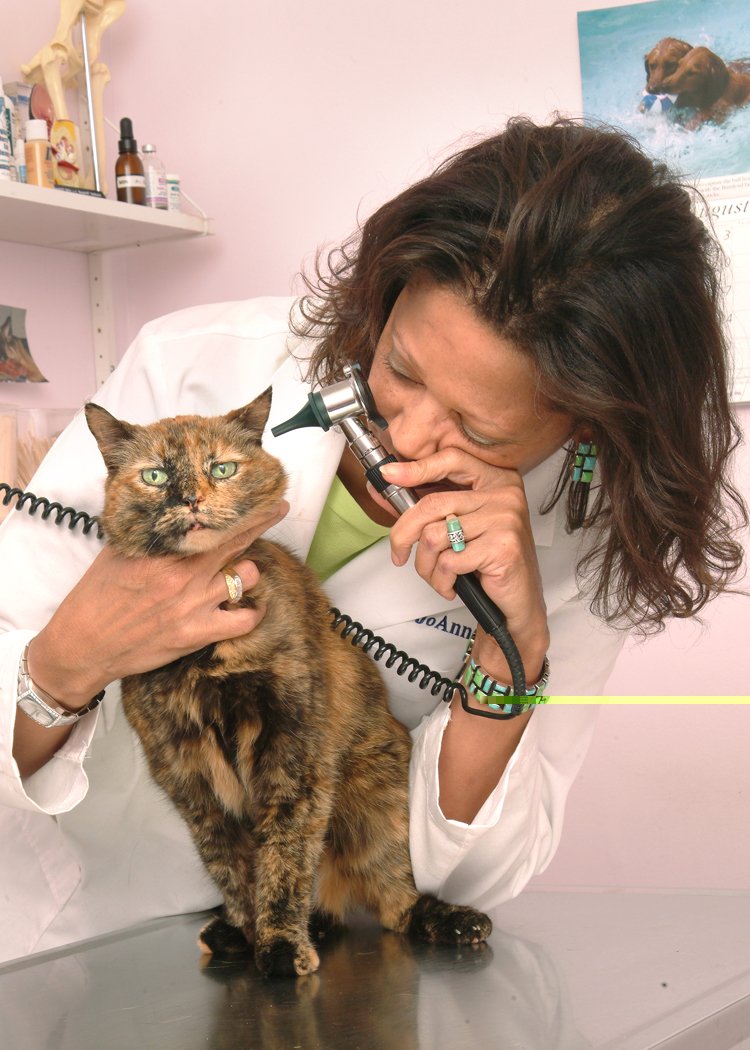
Sometimes, a cat’s anxiety or withdrawal goes beyond what you can handle at home. If your cat stops eating, becomes aggressive, or hides for days, it might be time to consult a veterinarian or animal behaviorist. Professional help can uncover underlying health issues or develop a tailored behavior plan. Don’t feel like you’ve failed—seeking expert advice is an act of love. It shows you’re willing to do whatever it takes for your furry companion’s well-being.
Fostering Bonding Without Overwhelming
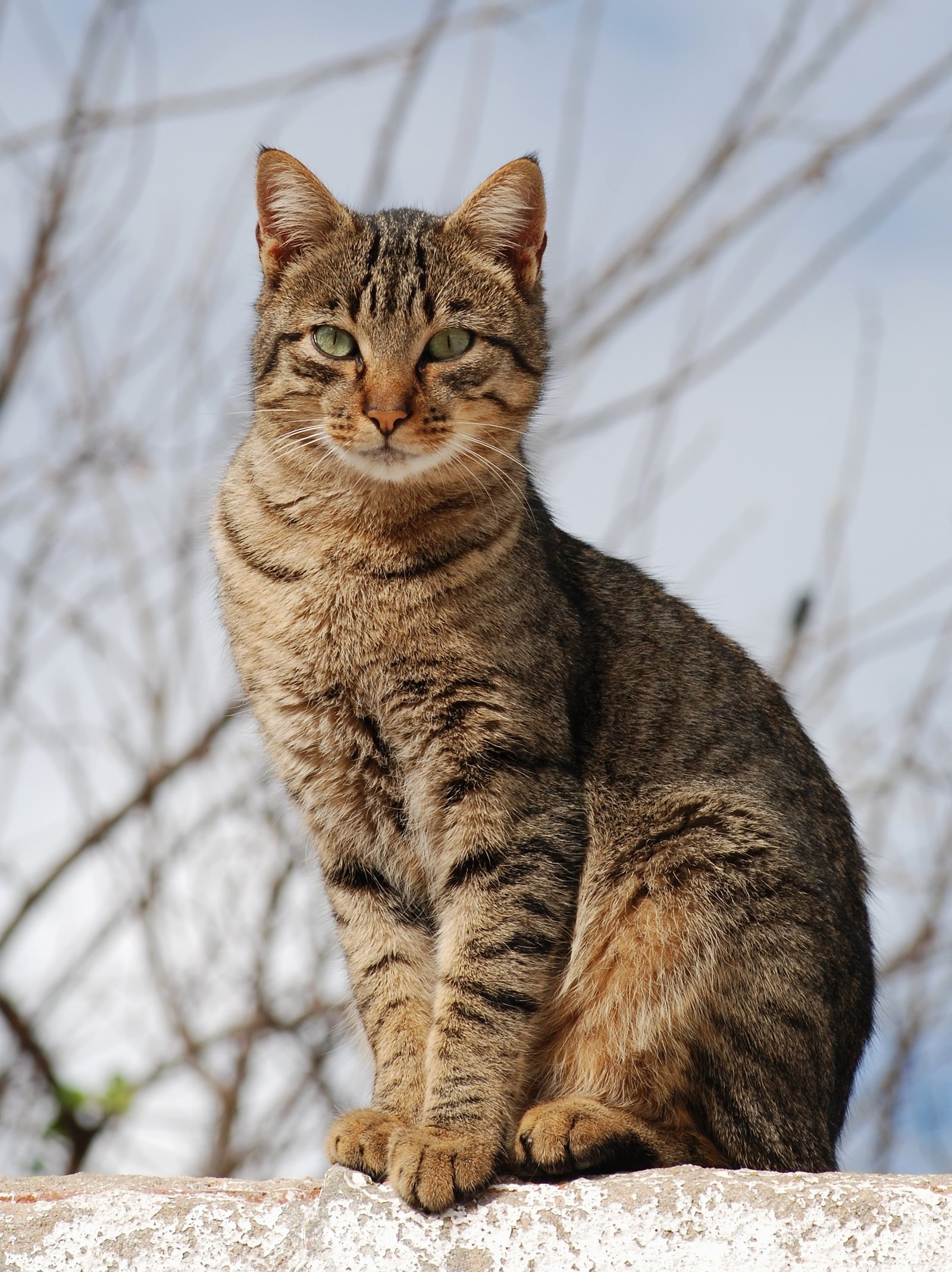
Finding the sweet spot between bonding and overwhelming your cat is an art. Offer affection on their terms, not yours. Sometimes, sitting quietly together or offering a slow blink is enough to say, “I love you.” Avoid crowding or constantly reaching out when your cat seems hesitant. Instead, let your cat guide the pace of your connection. This gentle approach helps your cat feel safe and respected, deepening your bond over time.
Recognizing Progress, Even If It’s Small

Progress with a sensitive cat often comes in tiny steps. Maybe today your cat sat a little closer, or lingered in the same room a bit longer. Celebrate these moments, no matter how small. Keep a journal if it helps you notice positive changes over time. Remember, every bit of progress is a sign that your patience and understanding are paying off. These small victories are the building blocks of a resilient, loving relationship.
The Role of Patience and Empathy

Patience isn’t just a virtue—it’s a necessity when caring for a cat that bonds fast but withdraws easily. Some days will be harder than others, but empathy helps you see things from your cat’s perspective. Imagine how it feels to crave closeness but get overwhelmed by life’s unpredictability. By practicing patience and empathy, you create a safe emotional space where your cat can thrive. Your calm presence becomes an anchor in their sometimes stormy world.
Celebrating the Unique Bond You Share

There’s something magical about loving a cat who’s both fiercely attached and beautifully independent. Your journey together won’t always be smooth, but it will be full of meaningful moments. Every purr, gentle nuzzle, or returned blink is a testament to the trust you’ve built. Cherish this unique connection—it’s a relationship like no other. In a world full of ordinary, your sensitive cat is a reminder that the best bonds are often the most delicate.
Hi, I’m Bola, a passionate writer and creative strategist with a knack for crafting compelling content that educates, inspires, and connects. Over the years, I’ve honed my skills across various writing fields, including content creation, copywriting, online course development, and video scriptwriting.
When I’m not at my desk, you’ll find me exploring new ideas, reading books, or brainstorming creative ways to solve challenges. I believe that words have the power to transform, and I’m here to help you leverage that power for success.
Thanks for stopping by, Keep coming to this website to checkout new articles form me. You’d always love it!






